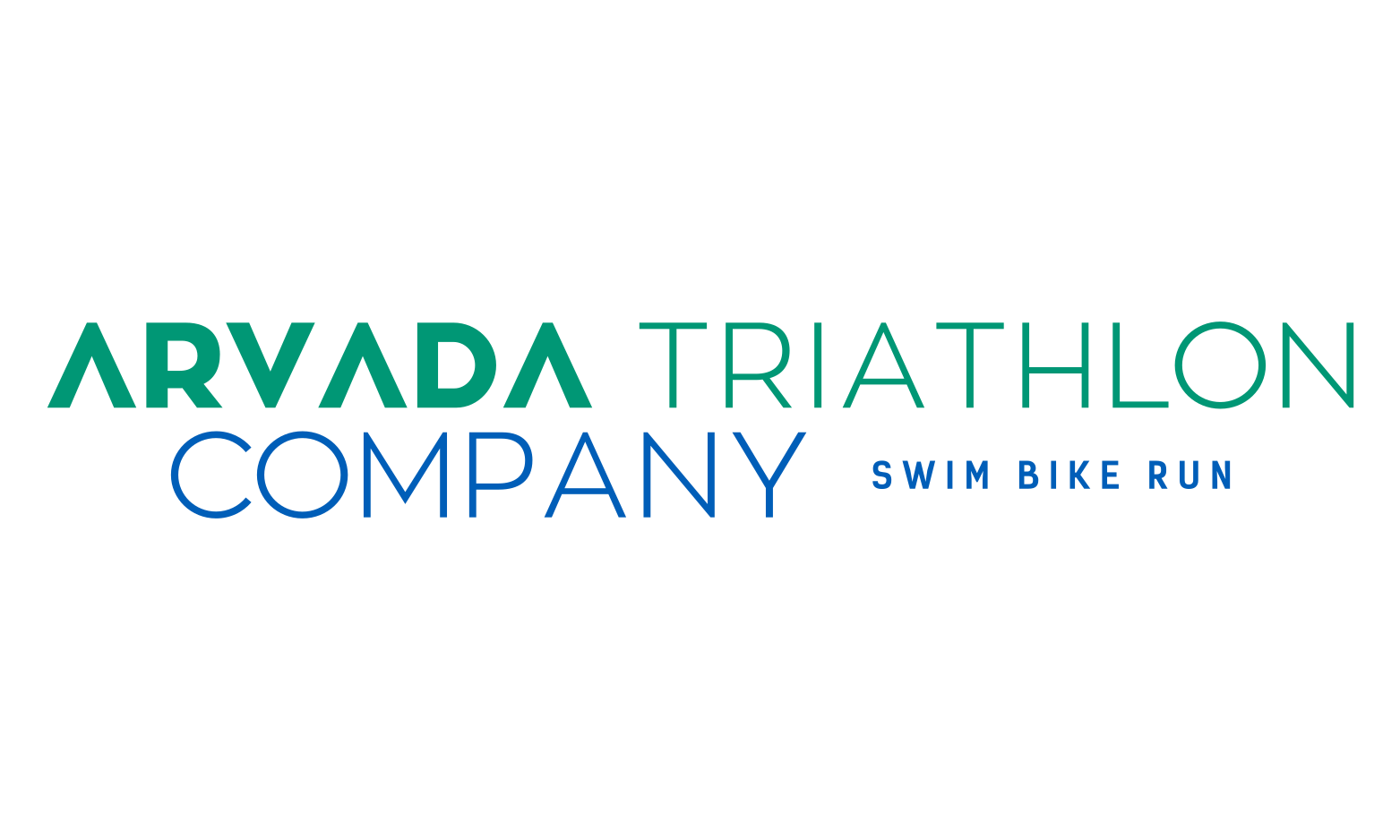For cyclists and triathletes, indoor training has become an essential part of performance improvement. With the advancement of smart trainers, two primary training modes dominate structured workouts: ERG Mode (Ergometer Mode) and Free Ride Mode. Understanding the strengths and weaknesses of each can help athletes optimize their training and reach peak performance.
What is ERG Mode?
ERG Mode automatically adjusts the resistance of the trainer to maintain a prescribed power output. Whether you increase or decrease your cadence, the trainer modifies resistance to keep you at the target wattage.
Pros of ERG Mode
- Precision in Power Training – ERG Mode ensures you hit exact wattage targets, making structured training highly effective.
- Eliminates Guesswork – No need to shift gears; the trainer adapts resistance automatically.
- Efficiency in Interval Workouts – Perfect for high-intensity interval training (HIIT) as it holds you at the prescribed power, even as fatigue sets in.
- Ideal for Physiological Adaptations – ERG Mode forces consistency, helping to build endurance and strength over time.
- Great for Multi-Tasking – Since no shifting is required, riders can focus on form, hydration, or nutrition without distraction.
Cons of ERG Mode
- Limited Real-World Application – Outdoor cycling requires adjusting to terrain and wind resistance, which ERG Mode doesn’t simulate.
- Over-Reliance on Automation – Riders may develop a passive pedaling technique, failing to respond dynamically to changes in effort.
- Cadence Issues – If cadence drops too low, the trainer can "spiral of death," dramatically increasing resistance and making it hard to recover.
- Less Engagement – Some cyclists find ERG Mode monotonous since the trainer dictates resistance changes.
What is Free Ride Mode?
Free Ride Mode allows cyclists to control their effort, resistance, and gearing manually. The experience is more like riding outdoors, where power output is dictated by cadence and gear selection.
Pros of Free Ride Mode
- Mimics Outdoor Riding – Better simulation of road conditions, helping with skill transfer to real-world cycling.
- Encourages Pacing Strategy – Riders learn to manage effort effectively, a critical skill in time trials and long-distance races.
- Enhances Muscle Recruitment – Requires active engagement of different muscle groups, particularly in shifting and terrain simulation.
- Freedom to Adjust Effort – Allows real-time modifications based on how the body feels, making it great for endurance rides.
- Increases Engagement – Requires more rider input, keeping workouts dynamic and mentally stimulating.
Cons of Free Ride Mode
- Potential for Inconsistent Training – Without enforced power targets, riders may unintentionally undertrain or overtrain.
- Less Control Over Intensity – Unlike ERG Mode, which ensures exact power output, Free Ride Mode requires discipline to maintain effort.
- More Mental Load – Riders must constantly monitor power, cadence, and resistance, which may lead to fatigue in long sessions.
- Not Ideal for High-Precision Workouts – Without enforced wattage control, structured workouts requiring exact power levels may be less effective.
Which Mode is Best for Performance Training?
The choice between ERG Mode and Free Ride Mode depends on training goals:
- Use ERG Mode for: Structured interval workouts, high-intensity efforts, recovery rides, and improving power consistency.
- Use Free Ride Mode for: Race simulation, endurance building, pacing development, and skill refinement.
Many elite athletes combine both modes in their training plans, leveraging ERG for precision and Free Ride for real-world applicability. Ultimately, the best approach balances structured control with skill development to optimize performance in both indoor and outdoor conditions.
Cart 0
Your cart is currently empty.
Start Shopping
Trending Now





